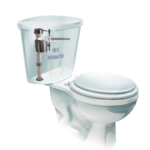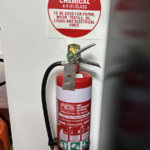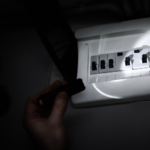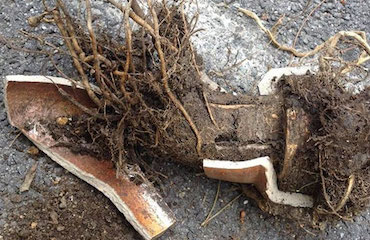
Why are tree roots in your drainpipes a problem?
Trees seek out moisture in order to sustain and grow, therefore making leaky pipes an ideal environment for the roots to thrive. Once a tree root makes its way into a water or sewer system it will start to grow rapidly due to the pipes acting as a steady supply of nutrients and water.
Within a network of pipes, tree roots can disperse widely and eventually result in blockages and significant pipe damage. What makes this even more hazardous is that you won’t even know that you have roots in your pipes until you begin experiencing complications such as a blockage.
Additionally, tree roots may obstruct the flow and ensnare other objects that shouldn’t be in your sewer system. Ultimately, tree roots in your drainpipes are a recipe for disaster.
Signs of Tree Roots in Your Drainpipes
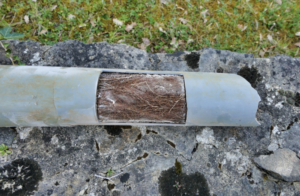
• Slow emptying drain
• Unexplained backups of water in your shower, sink or toilet
• A foul stench coming from the drain
• Foam-filled water around the drain site
• When you run water there is an audible gurgling noise coming from the pipes
• Low water pressure
What will dissolve tree roots?
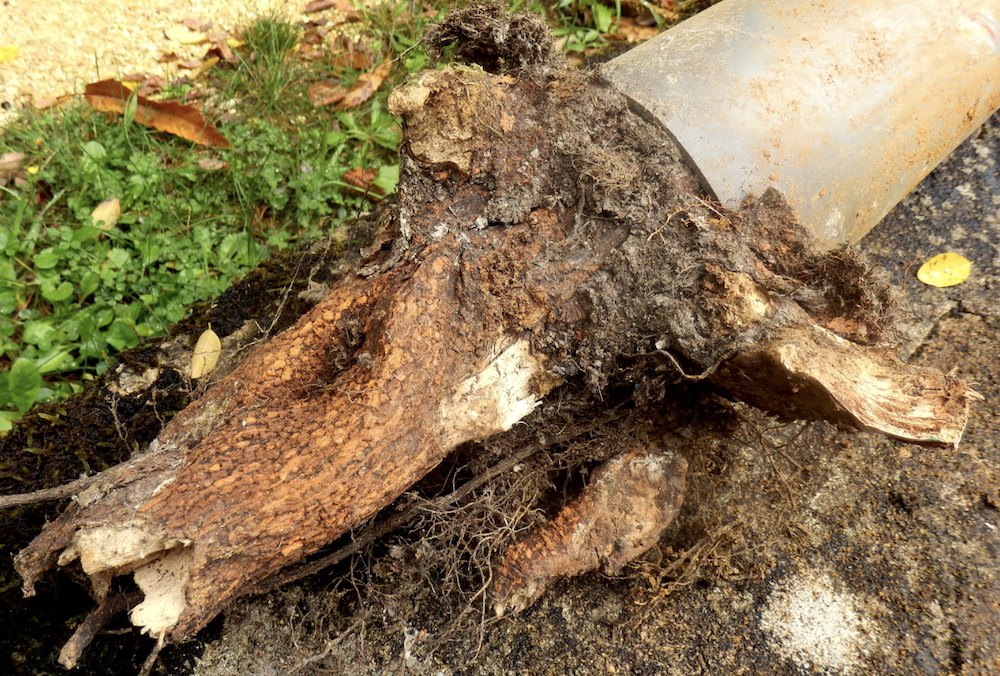
1. Rock Salt to Dry Them Out
One of the most traditional tactics for destroying tree roots in drainpipes is using rock salt. For decades, rock salt has been the chosen method of many people wishing to restore their pipes as it is affordable and effective against tree roots.
To kill your pesky tree roots, begin by pouring some rock salt down into the effected pipes before then flushing the area with water. Doing this will allow the salt to absorb the moisture in your pipes consequently dehydrating any tree roots that are present.
2. Chemical Drain Cleaners
A less common and more risky option is to use a chemical drain cleaner to kill the tree roots. Again, you will begin by pouring the product down your pipes, waiting a few minutes and then flushing the area with water.
Chemical drain cleaners are a convenient option as they are accessible at most hardware stores and come with manufacturer’s instructions making them particularly simple to use. They do, however, come with their risks. Due to the acidic nature of the chemicals within the cleaning product, they have the ability to cause even further damage through corroding, weakening and even cracking your pipes. If you choose this option, do your research first and proceed with caution.
3. Copper Sulphate
Another chemical product that you can use to dissolve drain roots is Copper Sulphate. This option is effective and is available at most hardware stores. To use, mix the copper sulphate with an appropriate volume of water and pour it into your pipes according to the instructions provided. You should then flush the area with water to remove both the chemicals and the dead tree roots.
Alternative ways to clear tree roots from your drainpipes
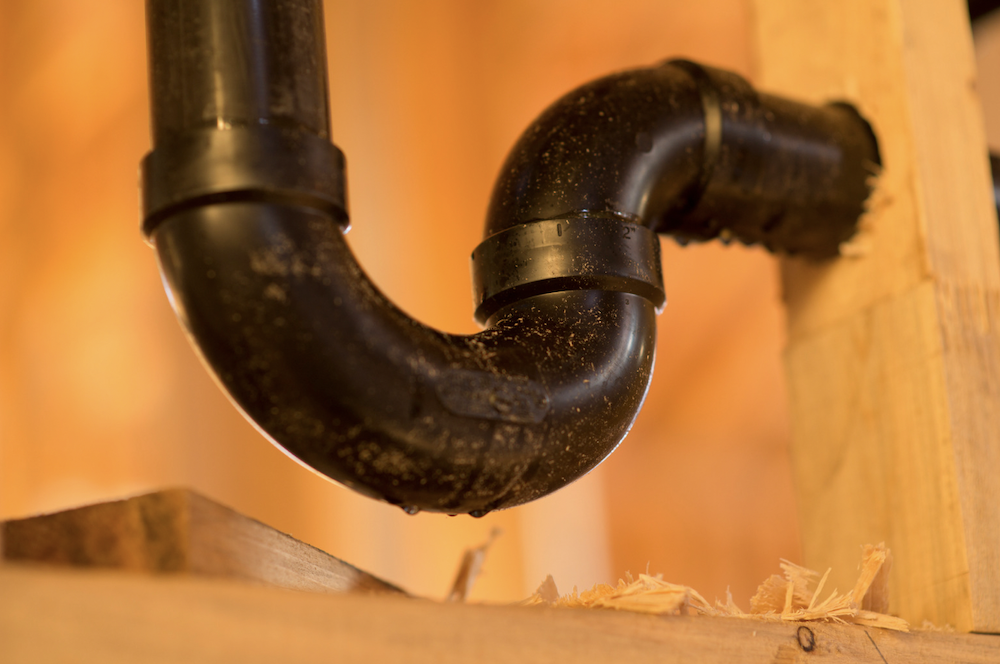
Other than the above methods which involve killing the tree’s roots, there are a number of alternative measures you can attempt. Some plumbers will recommend against the methods above as they are not simple nor safe to perform without the appropriate education and equipment. For effective, long term treatment consider trying the steps below:
1. Cut roots
2. Remove roots and unclog the drain
3. Prevent regrowth
4. Repair damaged pipe
The best way to successfully achieve the above steps is to allow an experience plumber to do the work for you. Plumbers are experienced in these situations and can offer you’re a safe and environmental method to treat your drains and the tree.
Are tree roots in drainpipes covered by homeowner’s insurance?
The way in which your insurance will cover tree damage will vary depending on which policy you choose. In general, homeowner’s insurance will cover you for damage to your pipes and drains. The insured event is referred to as ‘Escape of liquid’ whereby tree roots are destroying or blocking your pipes. Many insurance companies offer policies that will cover this event, including Budget Direct. Budget Direct is an award-winning insurance provider who prioritise affordable cover and provide up to 30% off your first year. Their home insurance covers your house and other structures on your property from events including ‘Escape of liquid’. You can easily obtain a quote for your homeowners’ insurance by visiting the Budget Direct or another insurance providers website and answering their questionaries.
Who is liable for tree root damage?
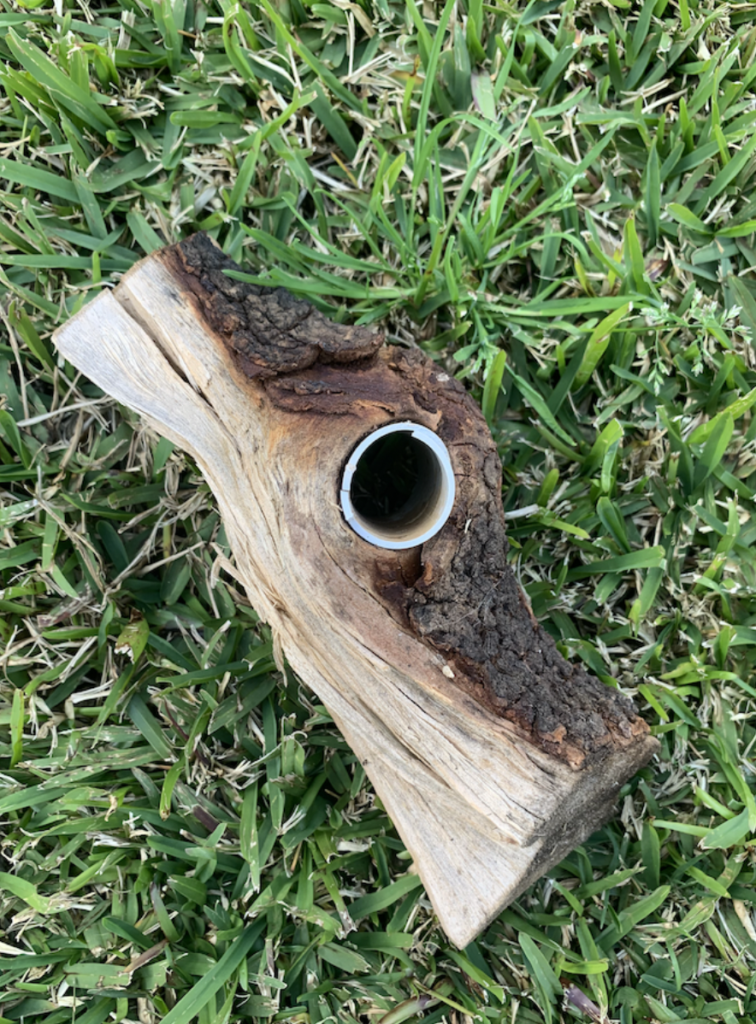
Property owners are responsible for the maintenance, repair and replacement of water pipes and sewer drains within their property’s boundary. If a tree in your property causes damage or blockages to your own water pipes or sewer drain, or the council’s stormwater point of discharge or sewer connections, then you are liable to cover all costs for clearing the blockage and repairing the damage. Similarly, if a tree in your property is causing damage to your neighbour’s property, you can also be held responsible for the damage and accompanying costs.
What to do if a tree causes damage on or outside your property
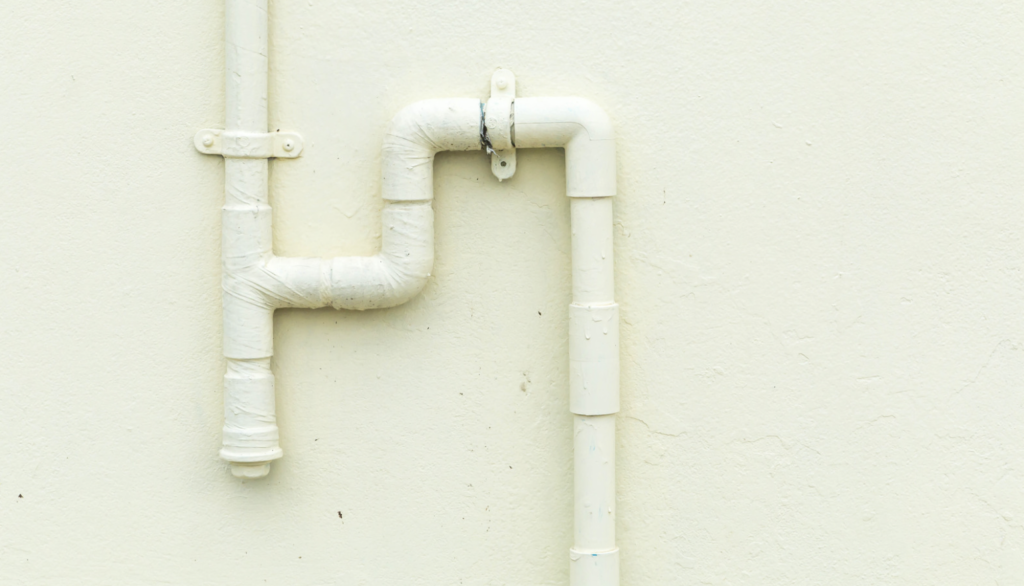
If the tree is on your property
If the tree responsible for the damage is on your property, it is advisable that it be removed immediately in order to prevent further destruction of your property’s water and sewer systems.
If the damage is on your property
If the tree root damage is to your own property, it is best that you contact your homeowner’s insurer to discuss the best course of action moving forward. You will likely require a licensed plumber to rectify the damage either at your own expense or under your insurance, if covered.
If the damage is outside your property
If the damage is outside your property, contact your local council to report to leak, burst or fault. You should be able to easily find their phone number by searching it on google.
How to prevent the problem

Don’t plant trees too close to your house
As a blanket rule to ensure the prevention of any damage – no trees of any species should be planted near your assets such as sewer or drainpipes. If, however, you plan on planting a tree anywhere on your property it is crucial that prior to doing so you check its roots with a local home inspector.
They will be able to inform you as to whether the tree is appropriate and safe to plant within the boundary of your property. If after planting you notice any root damage or blockages, prune back the affected area, and consider putting some gravel or rock at the base of the tree as an extra measure.
Plant the right plants
If having some kind of decorative greenery over your water and sewer mains is a must for you, then the good news is there are various smaller native and ornamental plants and shrubs suitable for this location. Suitable plant types and relevant examples include:
• Small native and ornamental shrubs, ground covers and flowers
For example: roses, daisies, tulips, succulents
• Small herb and vegetable plants (excluding fruit trees)
For example: tomatoes, carrots, corn, lettuce
• Grasses, sedges and rushes
For example: all lawn-grass varieties, tussock grass
Use copper mesh
Copper mesh is a stiff, flexible, and strong material making it ideal for wrapping around your drainage pipes and sewer lines to avoid tree roots from getting into the pipes.
Copper mesh is both a cheap and effective method which you will find readily available at majority of hardware stores.




